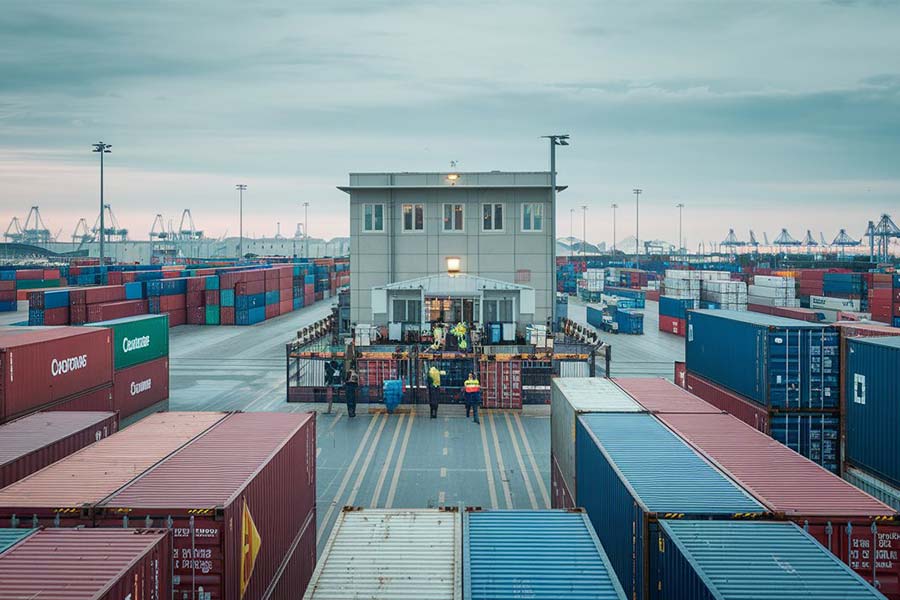In recent years, India has become a popular “manufacturing hedge” as more and more U.S. companies seek to “diversify their supply chains”. However, according to an analysis of trade data by the Washington Post, Indias reliance on Chinese imports is also rising significantly, despite some progress in expanding the production of smartphones, solar panels and pharmaceuticals. Indian think tank Global Trade Research Initiative (GTRI) statistics show that Indias imports of goods from China are growing at twice the rate of its overall imports and now account for almost a third of Indias total imports.

Data shows that Indias electronics industry is particularly dependent on China. The Confederation of Indian Industry pointed out that nearly two-thirds of Indias electronic component imports come from China, including circuit boards and batteries. In the past five years, such imports from China have increased threefold. Similarly, as a major exporter of generic drugs, India is increasingly dependent on Chinas pharmaceutical raw materials. In the past five years, Indias imports of pharmaceutical raw materials and intermediates from China have increased by more than 50%.
Similar situations also exist in Indias textile industry, automobile manufacturing industry and photovoltaic module industry. Indias textile industry is increasing its imports of yarn and fabrics from China, and Indias automobile manufacturing industry is also accelerating the import of Chinese parts. After 2022, Indias photovoltaic module exports to the United States will surge, further increasing the demand for Chinese raw materials.
In addition to its reliance on Chinese raw materials, India is also eager to gain experience in the transformation of Chinas manufacturing industry in the early stages of its industrial transformation. Faced with a series of restrictive measures by the Indian government, the Indian industry has begun to pressure the government to relax visa restrictions on Chinese technicians in order to help Indian workers better use Chinese machinery to produce mobile phones, textiles and shoes.
Princeton University economist Ashoka Mody commented that China can help India gain a foothold at the lowest rungs of the global skills ladder, especially as these rungs are rising, and India needs to act now. It is ironic that Indian officials are advocating self-reliance when Indias economic growth is increasingly dependent on foreign experts, especially from China.
Since 2020, India has adopted a case-by-case review approach to investments from China and other neighboring countries, a process that is slow and cumbersome. However, this year, the Indian governments attitude has shown clear signs of softening. According to anonymous Indian government officials, at least 11 investment projects involving China in the electronics industry have been approved since April, in addition to joint ventures in the fast fashion and automotive industries, and the ultimate goal of these investments is the export market.
V. Anantha Nageswaran, chief economic adviser to the Indian government, pointed out in a recent economic survey that in order to promote the development of Indias manufacturing industry and integrate into the global supply chain, India will inevitably have to integrate into Chinas supply chain. Whether it is completely dependent on imports or partially through Chinese investment, this is a choice India must make.


 Follow the customer service WeChat account.
Follow the customer service WeChat account.